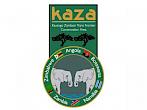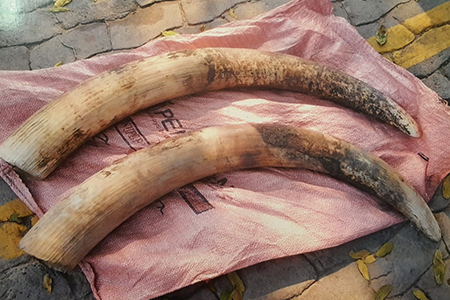Notes:
This research forms part of a wider project where one of the objectives is to conduct research on illegal wildlife trade dynamics in and across the KAZA countries.
This research aimed to provide socio-demographic characteristics of offenders who have been interned for wildlife crime, identify patterns in the modus operandi of people engaging in poaching, smuggling, and possession of wildlife products; including roles and locality, and identify what species/products are being poached/traded, and provide a better understanding of the underlying drivers and impacts of wildlife crime at the local level by exploring the personal experiences, perceptions, and attitudes of individuals who have participated in wildlife crime.
The preparation, development, and production of this report was made possible with funding provided by the United States Agency for International Development (USAID) under the Combating Wildlife Crime in the Namibia and Kavango-Zambezi Area Project (CWCP) with the goal to counter growing threats from transnational wildlife crime to globally important populations of rhino and elephant found in northwest Namibia and project sites in the KAZA TFCA. The CWCP is managed and coordinated by the project lead, the World Wildlife Fund (WWF) in Namibia.

Additional assets for media are available here.
Download an overview document of Trading Years for Wildlife below.
Trading Years for Wildlife: An Overview
About KAZA TFCA

The Kavango Zambezi Transfrontier Conservation Area is situated in a region where the international borders of five countries converge. The goal of the KAZA TFCA is “To sustainably manage the Kavango Zambezi ecosystem, its heritage and cultural resources based on best conservation and tourism models for the socio-economic wellbeing of the communities and other stakeholders in and around the eco-region through harmonization of policies, strategies and practices.”






